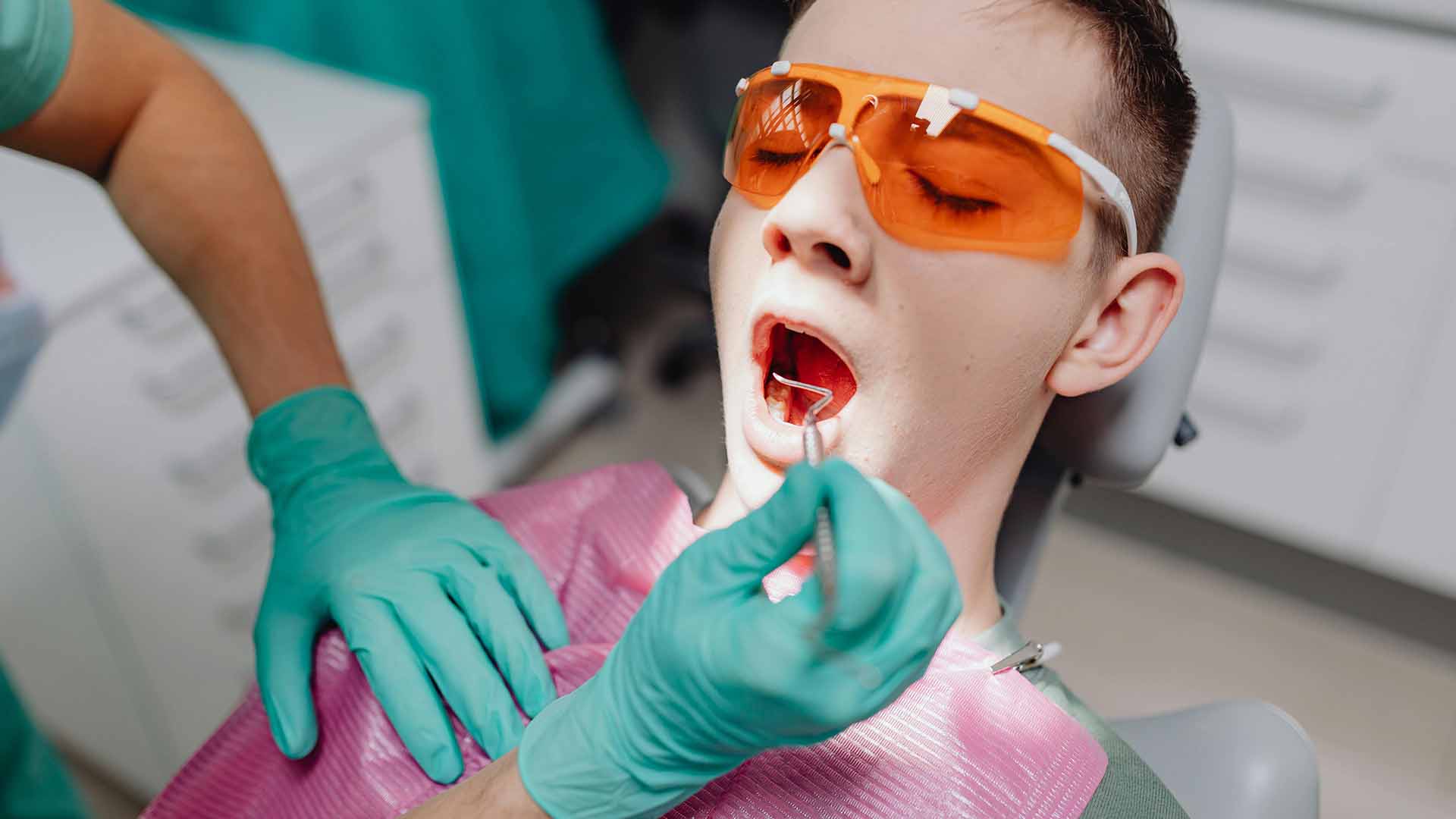Teeth whitening is a popular cosmetic procedure that provides a brighter, more confident smile. However, to maintain these results and prevent discomfort or sensitivity, it’s essential to know how long after teeth whitening you can eat normally and how to return to your regular eating habits safely. This guide will explain the timeline for resuming normal eating, what foods to avoid, and tips for preserving your newly whitened smile.
How Long After Teeth Whitening Can I Eat Normally?
The immediate period following a teeth whitening session is critical for ensuring the best long-term results. Typically, it takes about 24-48 hours after teeth whitening before you can eat normally. During this time, your teeth are more porous and sensitive, making them more prone to staining and discomfort. This is due to the bleaching agents temporarily opening up the enamel’s pores, which makes your teeth more vulnerable to external factors like food and drink.
The First 24-48 Hours: The Critical Period
Understanding how long after teeth whitening you can eat normally involves recognizing that the first 24-48 hours are essential for proper aftercare. During this period, following the right dietary restrictions is crucial to maintaining your results and avoiding sensitivity.
Why is this period so important? The initial 24-48 hours post-whitening are when your teeth are most susceptible to re-staining. Consuming the wrong foods during this time can compromise the whitening effects and lead to increased discomfort or sensitivity.
Foods and Drinks to Avoid After Teeth Whitening
To protect your teeth and prolong the whitening results, avoid certain foods and drinks during the first 24-48 hours:
- Dark-colored beverages: Coffee, tea, red wine, and dark sodas can stain teeth when they are most vulnerable.
- Highly pigmented foods: Foods like beets, berries, dark sauces (e.g., soy sauce, tomato sauce), and brightly colored spices (e.g., turmeric) should be avoided.
- Acidic foods and drinks: Citrus fruits, vinegar-based dressings, and sodas can weaken enamel and trigger discomfort if your teeth are sensitive after whitening.
- Hot or cold foods: Extreme temperatures can exacerbate sensitivity, making meals uncomfortable.
Safe Foods to Eat 24-48 Hours After Teeth Whitening
Knowing what to eat in the first 24-48 hours after teeth whitening is essential for recovery and maintenance. Stick to a “white diet” that includes light-colored, non-acidic foods:
- Dairy products: Milk, yogurt, and cheese are safe and can help reduce sensitivity.
- Plain pasta and rice: These are gentle on your teeth and low-risk for staining.
- White meats: Chicken or turkey without dark sauces is a good option.
- Potatoes: Mashed or baked potatoes (without dark toppings) are non-staining and mild.
- Bananas and peeled apples: These fruits are low in acidity and safe for your teeth.
Tips for Returning to a Normal Diet After Teeth Whitening
After 48 hours, you can start transitioning back to your regular diet, but it’s important to proceed cautiously. Here’s how to ease into normal eating without compromising your whitening results:
- Reintroduce foods gradually: Begin with lighter-colored, non-acidic foods and monitor your sensitivity levels.
- Use a straw: When drinking beverages like coffee or tea, use a straw to minimize contact with your teeth.
- Brush and rinse effectively: Brush your teeth at least 30 minutes after eating to prevent acidic residue from settling on your teeth.
- Avoid smoking: Tobacco can quickly stain teeth, undoing the benefits of your whitening treatment.
- Adopt whitening-friendly habits: Use toothpaste and mouthwash that contain whitening agents and are low in abrasives to help maintain your smile’s brightness.
Managing Sensitivity After Teeth Whitening
Understanding how long after teeth whitening you can eat normally includes addressing any sensitivity you may experience. Common strategies to manage sensitivity include:
- Desensitizing toothpaste: Helps reduce sensitivity and makes eating more comfortable.
- Avoiding cold foods: Opt for lukewarm or room temperature meals to prevent pain.
- Rinsing with lukewarm water: Can soothe sensitivity and clean your mouth without discomfort.
Long-Term Maintenance Tips for a Whiter Smile
Even after you can eat normally, maintaining your results requires ongoing care:
- Regular dental visits: Routine cleanings and touch-ups help keep your smile bright.
- Limit intake of staining foods: Moderation is key when consuming dark-colored foods and beverages.
- Stay hydrated: Drinking water throughout the day helps wash away food particles and reduces the risk of staining.
Conclusion
Understanding how long after teeth whitening you can eat normally and what precautions to take during the critical 24-48 hour period ensures you preserve your results and avoid discomfort. By adhering to a careful diet immediately after the procedure and transitioning gradually to your usual eating habits, you can maintain a radiant, confident smile for the long term.


Leave a Reply